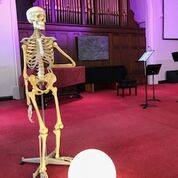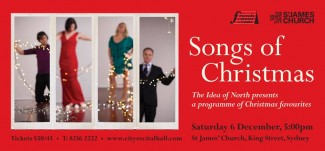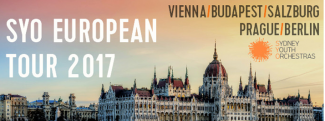Concert Review: Maxim Vengerov/ Roustem Saitkoulov/ Musica Viva

Maxim Vengerov, violin and Roustem Saitkoulov, piano
Musica Viva 70th Anniversary Gala Recital Tour
Concert Hall, Sydney Opera House
December 11, 2015
There is something enigmatic about Maxim Vengerov in performance. His powerful build seems at odds with the fragility of the 1727 ex-Kreisler Stradivari tucked under his chin and the slender bow he glides over the strings. It seems futile to attempt to explain the mismatch of how one of history’s greatest violinists creates such a glorious cascade of sound from such a tiny instrument. Superlatives are woefully inadequate. Suffice it to say that Vengerov had his audience spellbound throughout his one-night-only solo recital with pianist Roustem Saitkoulov in the concert hall of the Sydney Opera House last week.
Celebrating the 70th anniversary of Musica Viva, this concert was the final stop in Vengerov’s gala recital tour around the nation. The concert hall was bathed in celebratory soft red light and there were balloons and streamers ready for the gaiety at the end of the evening.
Vengerov’s programme spanned two and a half centuries of composition showcasing his supreme mastery of style and technique. He presented his credentials with the Chaconne from J S Bach’s Violin Partita no 2 in D minor, BWV 1004. This was artistry at its most exposed. Unaccompanied, it demands solid musicianship, stamina and breadth of technique. There is nowhere to hide. Two other solo works followed later in the evening, Eugène Ysaÿe’s Violin Sonata no 6 in E major, opus 27 for solo violin and Heinrich Wilhelm Ernst’s Étude no 6 (The Last Rose of Summer) for solo violin. Both are fiendishly demanding works which are dazzling concert pieces as well as being expositions of modernised styles and techniques of violin playing from the 19th and 20th centuries.
Roustem Saitkoulov, a soloist in his own right, was a formidable and equal companion, joining Vengerov in the Violin Sonata no 7 in C minor, opus 30 no 2 by Beethoven, Ravel’s Violin sonata no 2 in G major and the Cantabile opus 17 in D major for violin and piano and I Palpiti opus 13 (arr Kreisler), both by Paganini.
Vengerov’s armoury of technical devices was daunting – left hand pizzicato playing the melody whilst the bowing arm played arpeggios, multiple stops, harmonics, multiple stop harmonics and bariolage peppered his playing which was of utmost clarity coloured with luscious timbres and pinpoint accuracy. He translated these mechanics of violin playing into music that was deeply moving and heart racing. Yet, his bearing was understated with little flamboyance or redundancy of movement. At one with his music whilst performing, his patter with his audience at the end of the evening was warm and friendly.
The programme notes were extensive and included an interview with Vengerov, biographies and a ‘story book’ of some of Musica Viva’s milestones dating from its very first concert in Sydney on December 8, 1945.
We were treated to no less than three encores, brilliantly performed. Brahms’ Hungarian Dances no.s 2 and 5 bookended Massenet’s Meditation from Thaïs, played simply, from the heart.
A thrilling evening.
Shamistha de Soysa for SoundsLikeSydney©







